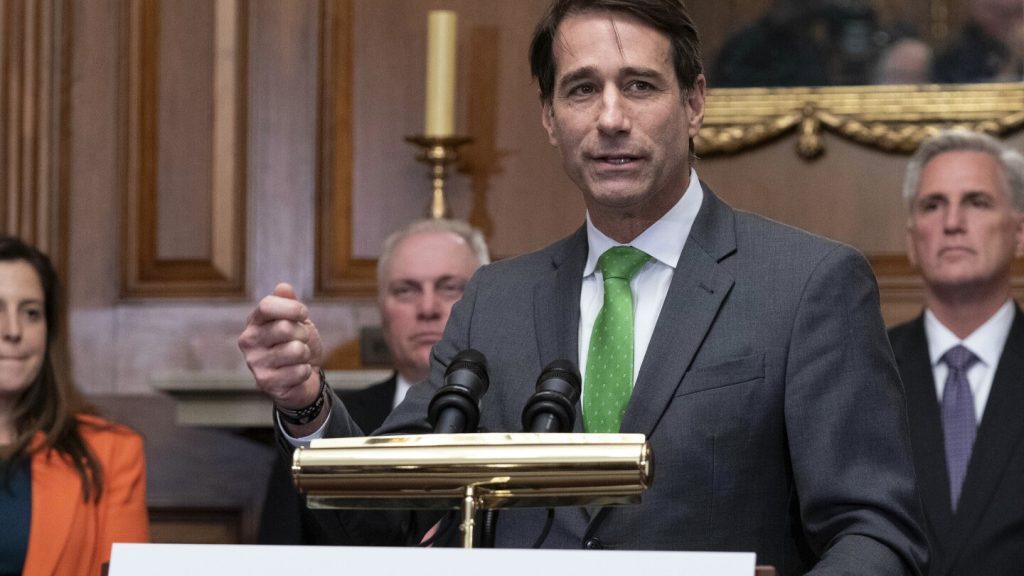A federal panel of three judges rejected a new congressional map for Louisiana that would have created a second majority-Black House district. The ruling came after a previous map was blocked and sparked new uncertainty about district boundaries ahead of fall congressional elections. State Attorney General Liz Murrill expressed intent to seek Supreme Court review, emphasizing the challenges of federal judges drawing maps. The National Democratic Redistricting Committee, led by Eric Holder, indicated that proponents of the new map may seek an emergency order from the Supreme Court to maintain the new boundaries. The judges, nominated by former President Donald Trump, cited the Equal Protection Clause in their decision, stating that race was the predominant factor in the map’s creation.
Disagreement among the federal judges led to a split decision on the latest map, with dissenting opinions regarding the role of race versus political motivations in drawing district boundaries. The ruling highlighted the challenge of creating a second majority-Black district while complying with the Equal Protection Clause and the Voting Rights Act. The judges criticized the dispersal of Louisiana’s Black population outside of southeast Louisiana and questioned the feasibility of the new mostly Black district. The decision raised questions about the November election map and its implications for incumbent representatives like Garret Graves and potential candidates like Cleo Fields.
The panel’s ruling set a May 6 status conference to address the district boundaries, with the state election officials needing clarity by May 15 for the upcoming fall elections. The decision favored Graves and other incumbents while creating uncertainty for potential candidates, including Fields. Rep. Troy Carter, the lone Democrat and Black member of the current delegation, criticized the ruling, calling it “just plain WRONG.” Supporters of the new map argued that politics, not race, primarily influenced its creation, pointing to support from Attorney General Landry. The legal battle over redistricting, a process that occurs every 10 years based on census data, has been ongoing in Louisiana, with a series of challenges and court rulings shaping the district boundaries.
The history of the redistricting process in Louisiana includes a vetoed map by then-Gov. John Bel Edwards, subsequent legal challenges, and the recent rejection of the latest map by the federal panel of judges. The fight over district boundaries has involved political and constitutional issues, with competing interests shaping the outcome. The Supreme Court’s ruling in a similar redistricting case in Alabama added a layer of complexity to the Louisiana situation. As the state prepares for fall elections, the unresolved issues surrounding district boundaries highlight the complexities of balancing political representation with legal requirements. The ongoing legal battles underscore the importance of fair and equitable districting processes in ensuring representative democracy.


